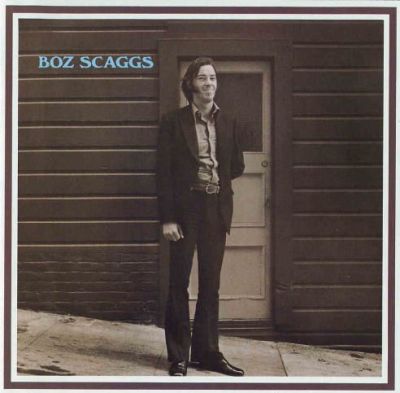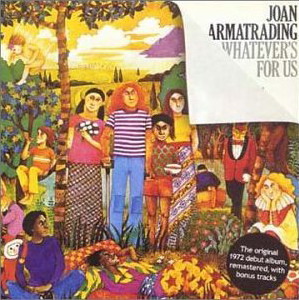
This is genuine mind-expanding music that doesn’t quit, and even better yet, it expands the perceptions and the range of thought in several dimensions at once — something nearly unthinkable to consider when listening to any ’60s or early-’70s music in the 21st century. And the whole context is totally unexpected. Who would ever imagine that, when Alexis Korner and Cyril Davies formed Blues Incorporated in 1962, someday the group would spawn a virtuoso prog rock band like Colosseum, whose work owed so much to those blues roots? That’s the first thought likely to flash through your head when listening to the first of a brace of Dick Heckstall-Smith saxophone solos, or the equivalent moments by James Litherland or Dave Clempson on guitar, on An Introduction to Colosseum. The 72-minute compilation carries listeners across the group’s four albums and sounds ranging from soulful, jazz-influenced instrumentals to the funkier pieces on their second and third albums, as well as their magnum opus as a progressive rock outfit, “Valentyne Suite.” You’ll probably be struck instantly by the amazing array of bold (yet not flashy) virtuosity in jazz, soul, blues, hard rock, and elements of classical that are on display, and instantly perceive the link with the early-’60s British blues embodied by Korner, Davies, Heckstall-Smith, et al. Colosseum represented a solution to a problem that a lot of listeners, writers, and music scholars had given up on as hopeless (and not necessarily worth reviving), revealing how blues could make the leap to larger musical contexts. When Chess Records tried it with Rotary Connection or those psychedelic Muddy Waters and Howlin’ Wolf albums, or the Rolling Stones did Their Satanic Majesties Request, it seemed as though blues-rock had run into a dead end in trying to merge with larger musical forms, but the range of material here — very obviously connected to the same source from whence the Stones sprang — proves that there was a way to make that leap without losing the appeal of the original source. The two live cuts at the end of the disc (including Jack Bruce’s “Rope Ladder to the Moon”) from the group’s concert album on the Bronze label also show how good this group could sound on-stage — a little loud at times, but still cohesive and intense. As a single-CD anthology, it’s difficult to imagine too many releases outdoing this one, and as it promises an “introduction” to the group, its reach never exceeds its grasp or its ambitions










